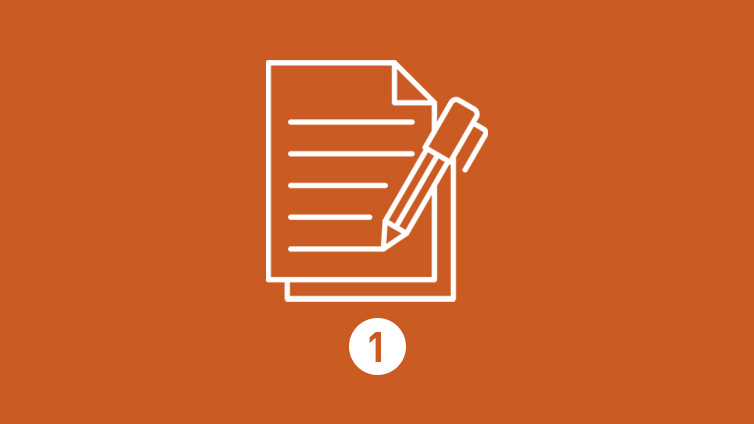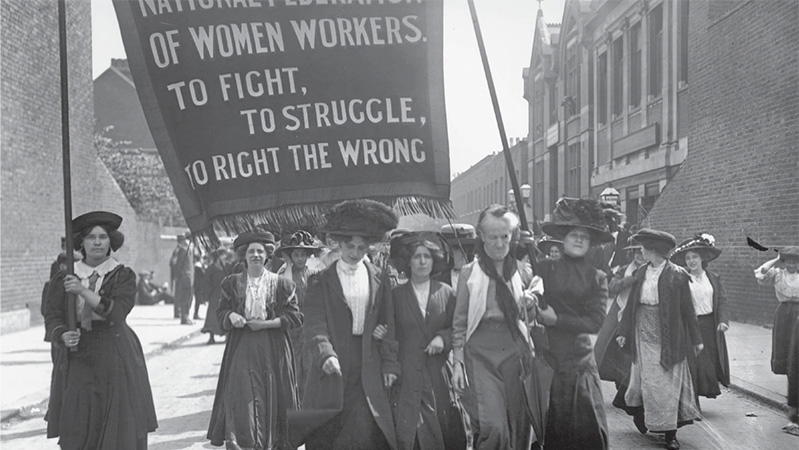Transformation of Labor and Social Relations
Teacher Resources
Driving Question: How did nineteenth-century changes in work, life, and learning shape the world we live in today?
As machines took over, people’s roles shifted at home, at work, and in society. Explore how industrialization opened doors for some and closed them for others—and forced new questions about fairness and freedom.
Learning Objectives:
- Explain how industrialization transformed society in the nineteenth century.
- Evaluate how networks of activists changed labor, government, family, and community relationships.
- Practice close-reading skills to analyze social reforms during the Industrial Revolution.
Vocab Terms:
- abolition
- activist
- economic system
- gender
- proletariat
- reform
- suffrage
- wage labor
Opener: Transformation of Labor and Social Relations
To teach this lesson step, refer to page 2 of the Lesson 4.1 Teaching Guide.
In this lesson, you’ll explore how life and labor changed in the 1800s. This activity offers a glimpse into those changes—use it to start predicting what’s to come.
Looking Ahead
To teach this lesson step, refer to page 3 of the Lesson 4.1 Teaching Guide.
Our Writing Guide emphasizes the importance of informal writing in the course.
Agree or disagree? Evaluate some statements before you dive into Unit 4—then see how accurate you were when you get to the end of the unit.
Transformation of Labor and Social Relations
To teach this lesson step, refer to page 3 of the Lesson 4.1 Teaching Guide.
The OER Project Video Guide provides great information on best practices for using video in the classroom.
Today, work, school, and social roles shape our daily lives. The following video and article will help you understand how these patterns began in the 1800s.
-
Guiding Questions
-
Before you watch
Preview the questions below, and then review the transcript.
While you watch
Look for answers to these questions:
- What roles did women play in the abolition of slavery in the Atlantic world?
- What were some questions social reformers raised about the status and activities of children?
- What is meant by working class, or proletariat?
- Did the abolition of slavery create a fair system of labor in the British Caribbean?
After you watch
Respond to these questions: Did the reform movements of the nineteenth century resolve inequalities in the categories of race, class, and gender? If not, where do you still see them in your society?
Key Ideas
-
Guiding Questions
-
Before you read
Preview the questions below, and then skim the article. Be sure to look at the section headings and any images.
While you read
Look for answers to these questions:
- What is meant by the idea identity is not fixed?
- What was the abolitionist movement? Did it succeed?
- What kinds of changes were labor reformers seeking?
- Did political revolutions automatically lead to expanded political rights for women?
- Why did reformers want children to go to school?
After you read
Respond to these questions: Which reform movement from the article do you think had the greatest long-term impact on society? Why?
Framing Unit 4
To teach this lesson step, refer to page 5 of the Lesson 4.1 Teaching Guide.
Check out the World History Frames Guide for more guidance on teaching with frames.
Understanding big transformations in history means seeing patterns. This video and activity will help us make sense of key changes and events in the 1800s by connecting them to the three course frames.
-
Guiding Questions
-
Before you watch
Preview the questions below, and then review the transcript.
While you watch
Look for answers to these questions:
- What was the goal of the earliest international reform network?
- What kinds of networks developed to help improve conditions and rights for wage earners?
- What earlier networks contributed to the struggle for women’s rights?
After you watch
Respond to the following question: Why do you think international networks were so important to the work of reformers in this period?
Key Ideas
Closer: Transformation of Labor and Social Relations
To teach this lesson step, refer to page 6 of the Lesson 4.1 Teaching Guide.
Closers are a great opportunity to informally assess student understanding. Read more about that in the OER Project Assessment Guide.
The reforms you’ve learned about in this lesson transformed life for millions of people. This quick activity will help you consider some specific ways they continue to influence your world today.
Essay Review: Analysis and Evidence
To teach this lesson step, refer to page 7 of the Lesson 4.1 Teaching Guide.
A great way to improve your own writing skills is to evaluate writing samples. In this activity, you’ll use your own writing or a sample essay to evaluate the use of analysis and evidence.






